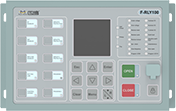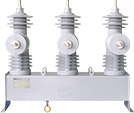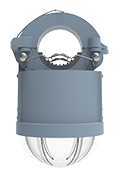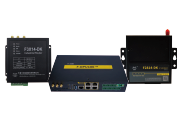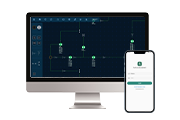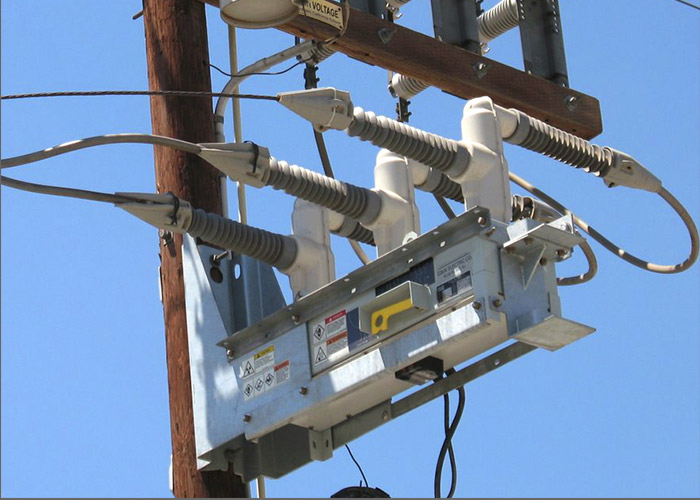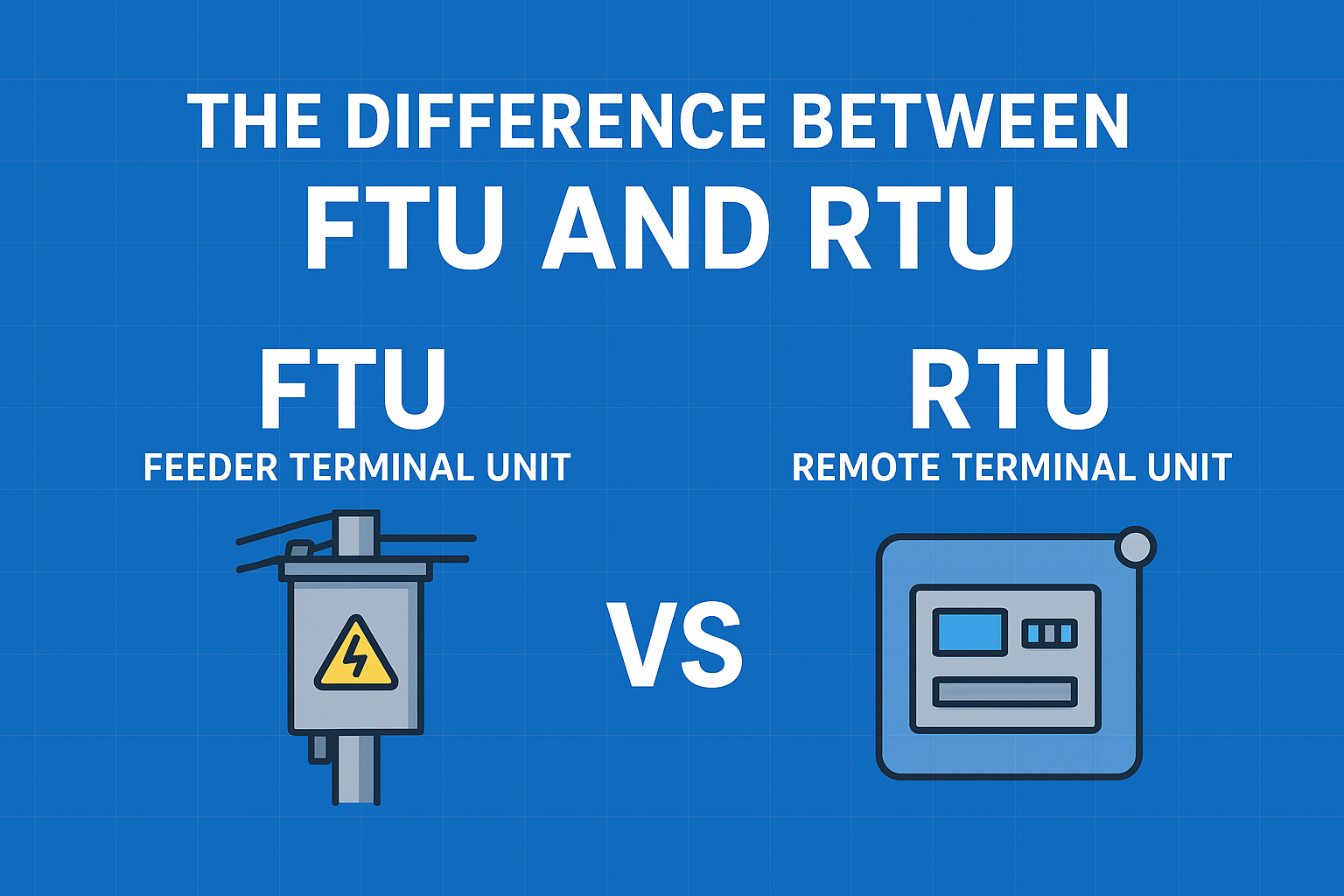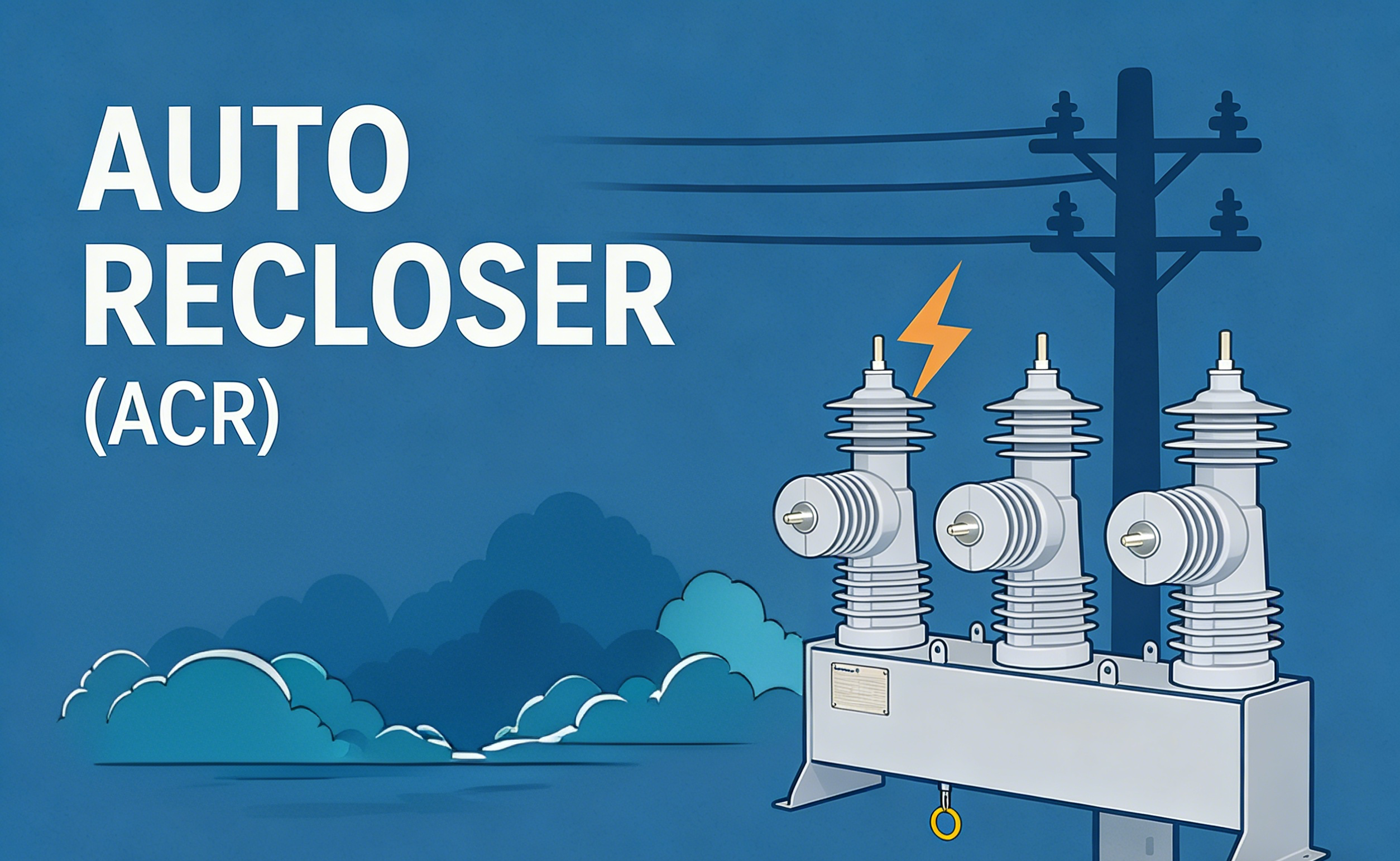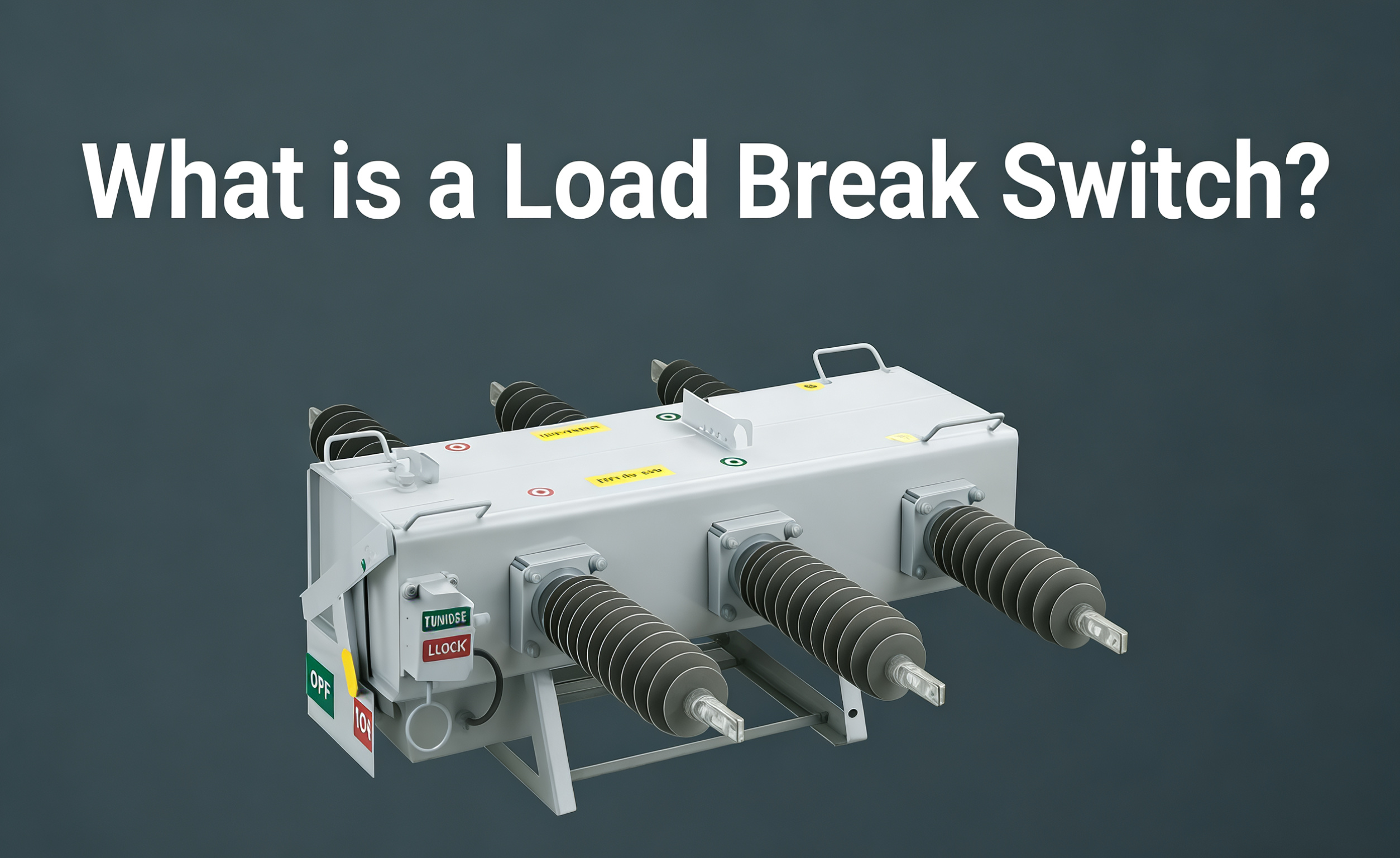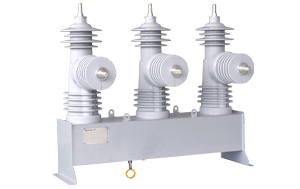News
Recloser Sequence Design for Distribution Automation
Date:2025-08-01
In distribution automation, recloser-sequence tuning is pivotal to reliability and rapid fault recovery.The following are the core factors to be considered and typical configuration methods when setting the reclosing sequence:
Basic Rules
• Typical curve: 1–2 instantaneous reclosures (0.1–0.5 s) followed by 1–2 time-delay shots (5–60 s); lock-out after final failure.
• Time grading: every reclose delay must remain shorter than the upstream breaker’s protection margin to prevent over-trip.
Design Drivers
• Fault nature: ~80 % are transient; fast reclose restores service, lock-out mitigates permanent faults.
• Topology: stepped delays (e.g., head 0.5 s, downstream 2 s) coordinate with sectionalizers and FTUs for fault isolation.
• Load: shorten delays for sensitive customers; enforce sync-check or dead-line reclose with DG to block asynchronous paralleling.
• Equipment: respect 2 k–5 k mechanical operations and short-circuit withstand; limit total shots accordingly.
• Environment: 0.1 s first shot in lightning-prone areas, 15 s second shot where tree contact is common.
Example Curve
Shot 1 0.3 s clear transient
Shot 2 10 s allow insulation recovery
Shot 3 30 s verify permanency
Lock-out — isolate and transfer to alternate feeder
Special Cases
• DG integration: directional protection + sync-check reclose.
• Cable or mixed feeders: one fast + one slow, or skip to lock-out.
• Communication-based FA: single fast reclose plus remote sectionalizing.
Commissioning & Tuning
• Field tests with staged faults confirm coordination curves against fuses and switches.
• Analytics on historical faults refine delay windows and shot count.
Sequences must be tuned to local topology, equipment ratings and environment, complying with utility standards and validated through simulation and field tests.

